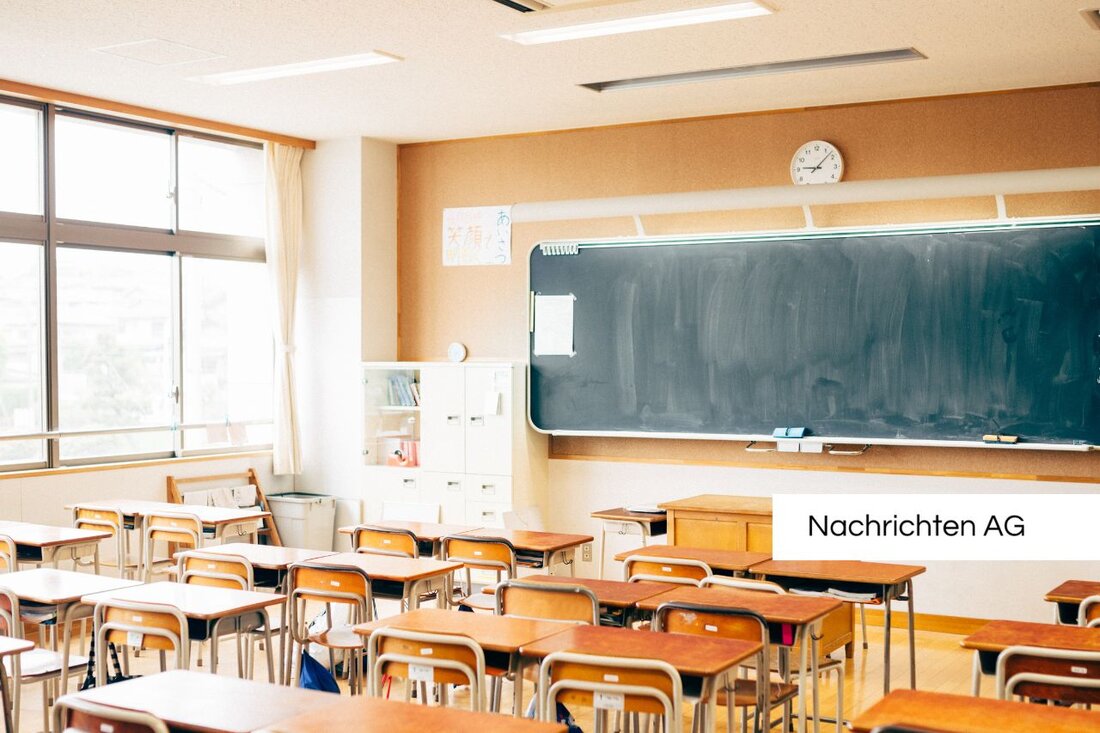Growing preaching series in Weimar: People who wrote history!

Growing preaching series in Weimar: People who wrote history!
In July, the Paul Schneider community center in Weimar launched an exciting series of preachers under the motto "People who have moved something". As part of this series, which starts on July 6th, four outstanding personalities will be presented, which left significant traces in the city and presented the example of Christian responsibility. Among the experienced preachers are the pastor Ramón Seliger, Deborah Poppowitsch, Peter Gümbel and Michael Haspel. They will deal with various topics in their sermons that derive from the life of these historical characters.
The appointments of the preacher series have already been fixed. On July 6th, Ramón Seliger will talk about Grand Duchess Sophie. A week later, on July 13, Deborah Poppowitsch follows her lecture on Paul Schneider. July 20 belongs to Peter Gümbel, who will speak about the Bauhaus-Personality Gunta Stölzl. The end of July 27th Michael Haspel, who illuminates the life story of Karl Friedrich Horn. This series offers a particularly valuable opportunity for historically interested visitors to immerse yourself in the topic and at the same time reflect the connection between the church and society, such as ekmd.de emphasized.
A look at Gunta Stölzl
A highlight of the preacher series is certainly the presentation about Gunta Stölzl, which lived from 1897 to 1983 and was a central personality of the Bauhaus. She started her career in the fall of 1919 at the renowned school in Weimar, where she was the first master at the Bauhaus Dessau. Under her leadership, the weaving mill transformed into one of the most successful workshops in the Bauhaus. Stölzl was not only versed in textile art, but also a talented draftsman who made many watercolors and drawings that recorded the landscapes and places of their time. These works of art are part of a donation by Ariel Aloni, the grandson of Gunta Stölzl, and are presented in the collection of the Bauhaus archive in Berlin.
In today's world, the relevance of Stölzl's work remains unbroken. Their influence on modern weaving mill and the connection of art and craft emphasizes the importance of its creative period, which the Bauhaus shaped. As can be read on bauhaus.de, during this time more rational construction and new living concepts developed, which also reacted to the social challenges of the Weimar Republic.
Bauhaus and the Weimar Republic
The Bauhaus, as one of the most important schools for art and design of the 20th century, sought to create a synthesis between art and technology. The visionaries in the Bauhaus not only wanted to revolutionize the aesthetics of everyday life, but also design functional and affordable products that met the needs of people. These efforts included painting, weaving, architecture and many other disciplines that were conveyed as part of a mandatory preliminary course. Nevertheless, the social problems, such as the creation of living space for low-income sections of the population, often unresolved, as on dhm.de can be read.
The planned preacher series in the Paul Schneider community center is therefore not only a tribute to the city's important personalities, but also encourages thinking about current social challenges. With the possibility of expanding the series in the event of a positive response, this initiative could help to continue the dialog between historical and modern values and bring new impetus to the parish.
| Details | |
|---|---|
| Ort | Weimar, Deutschland |
| Quellen | |
